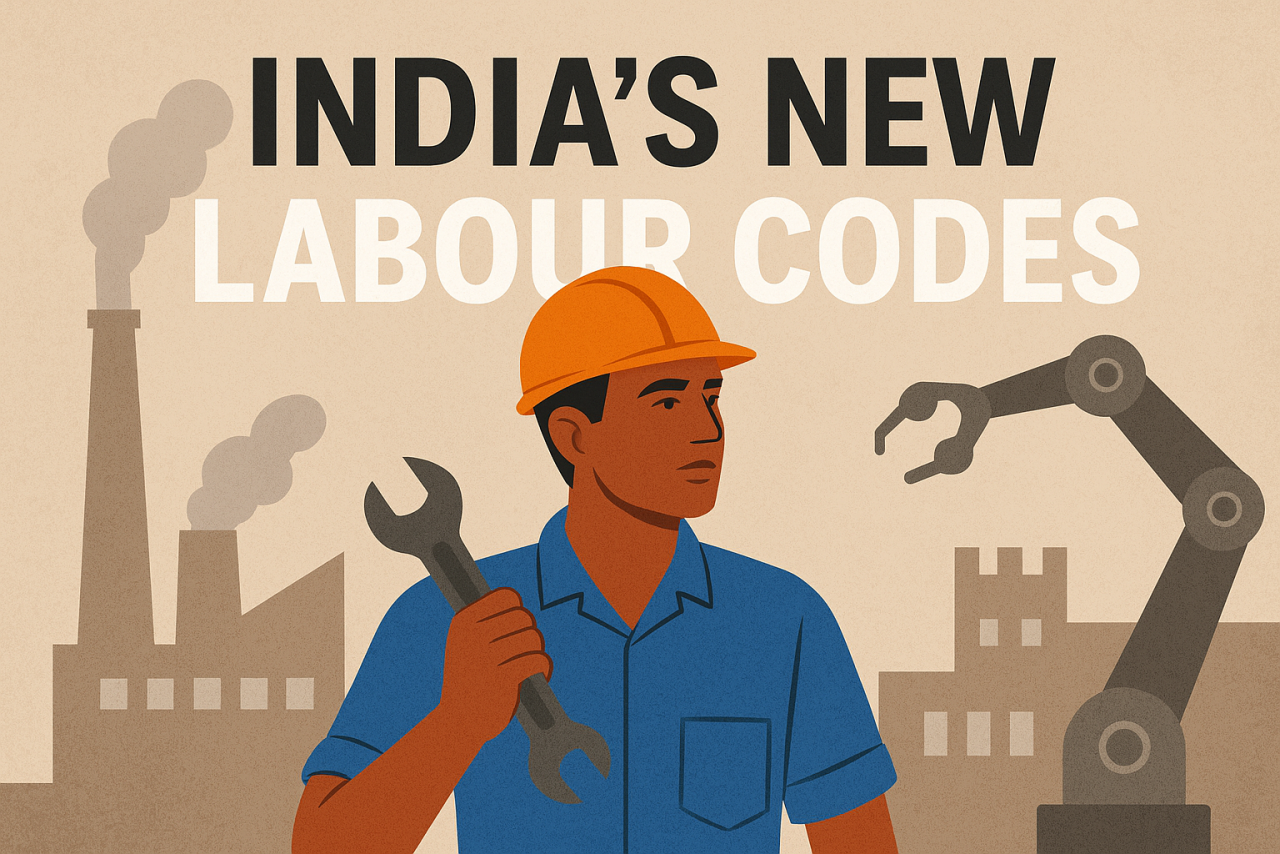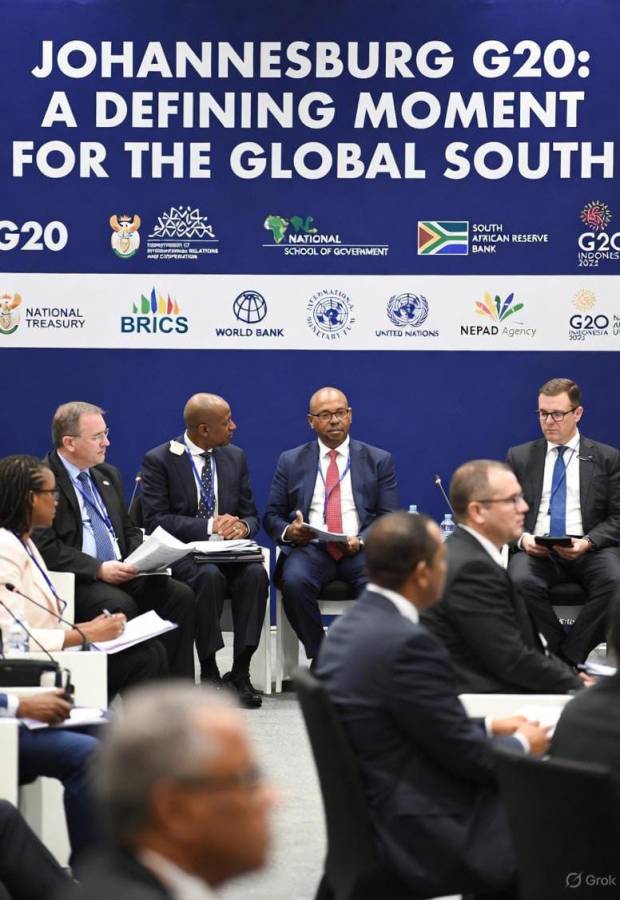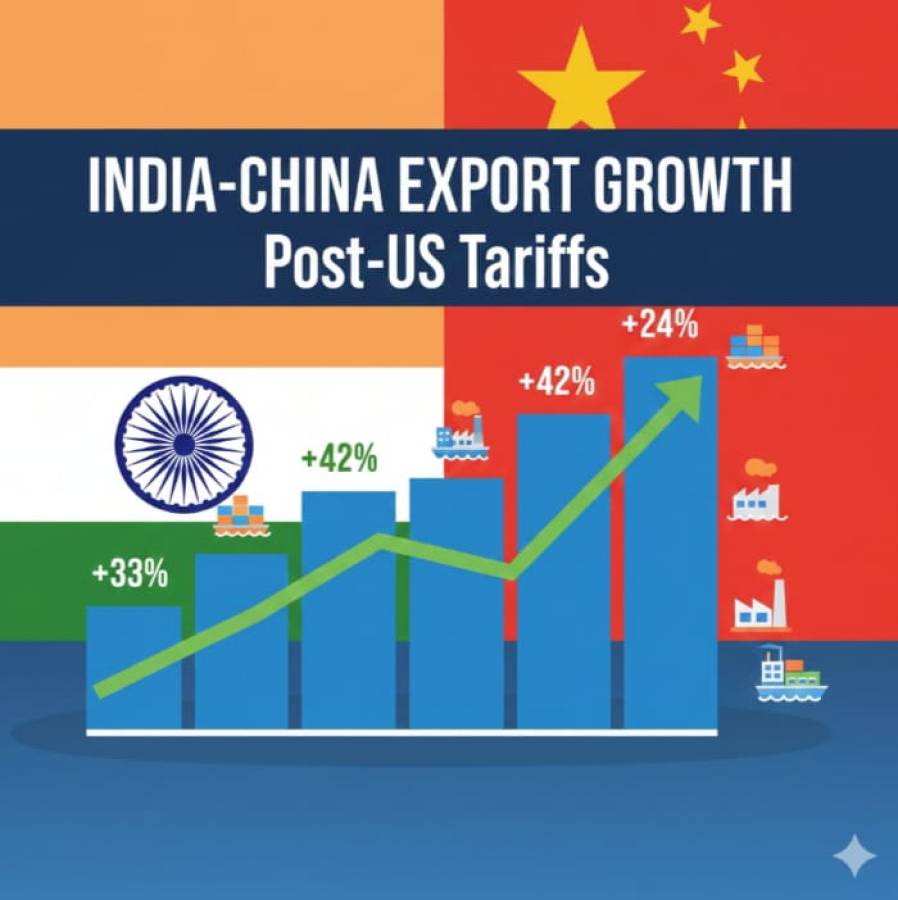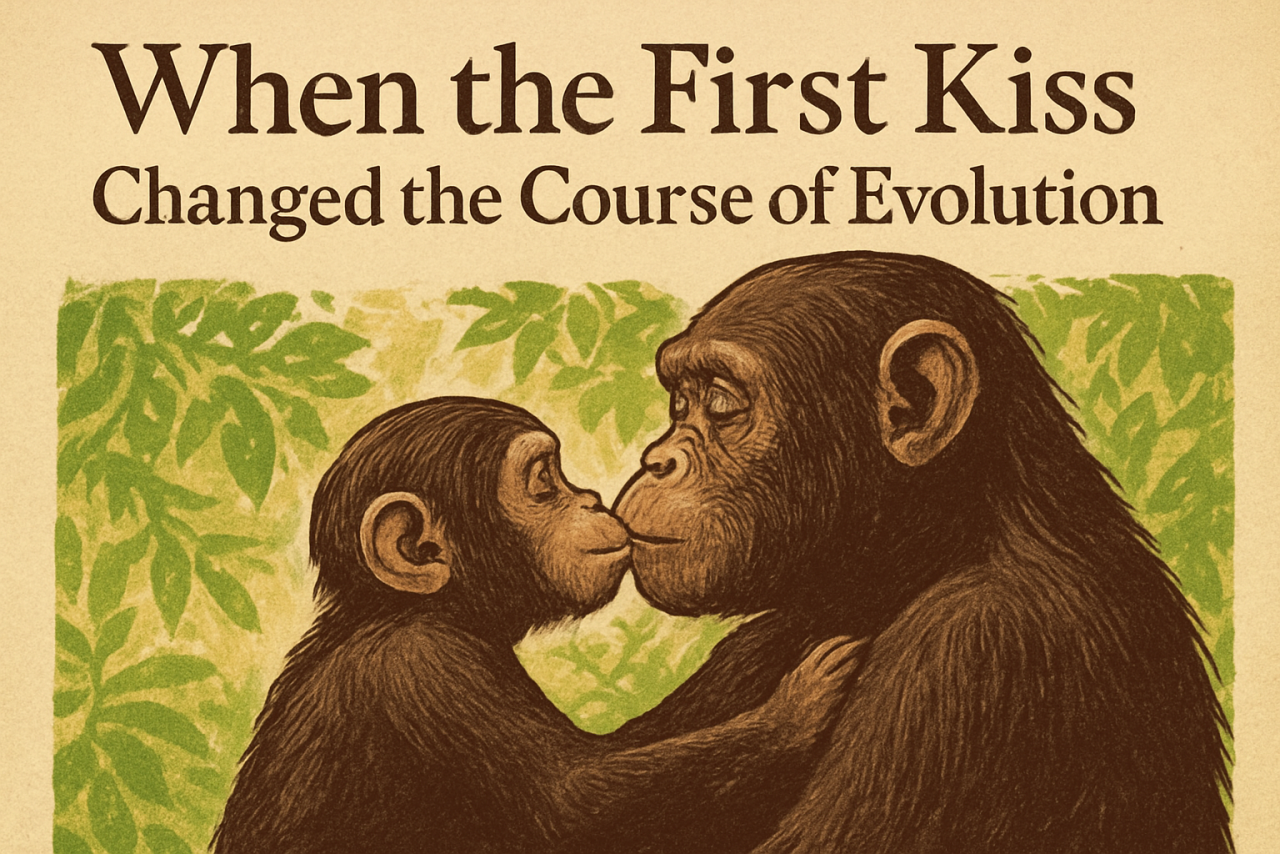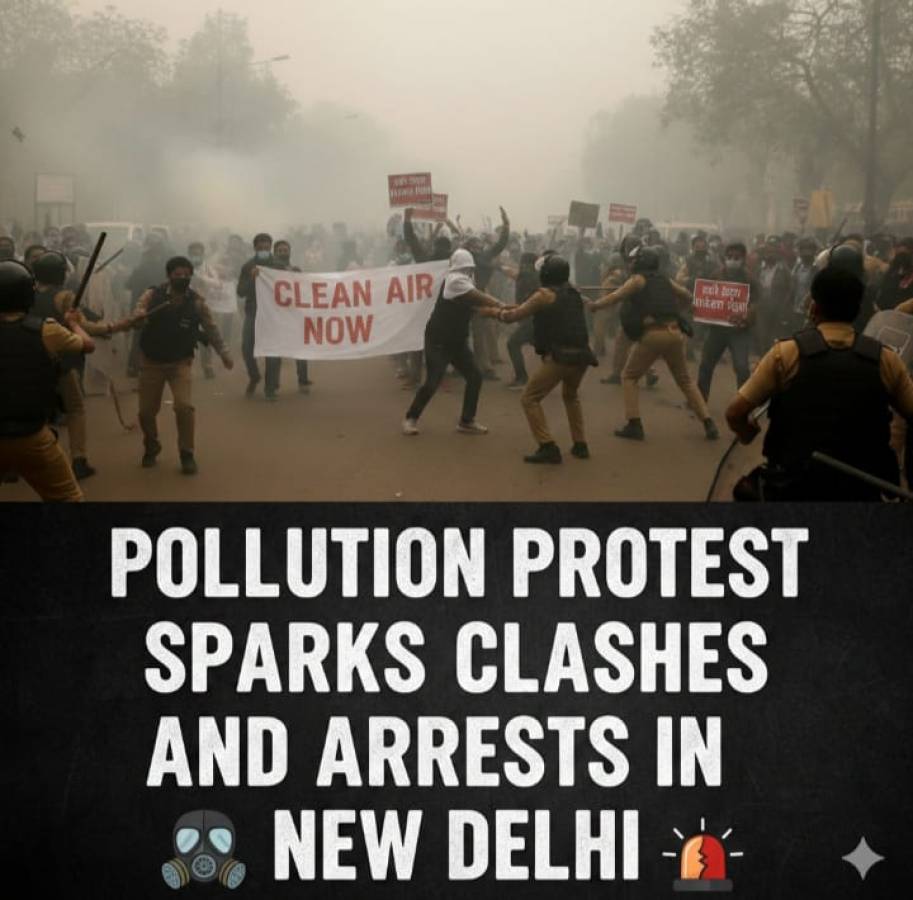
New Delhi witnessed tense scenes on Monday (November 24, 2025) afternoon as a peaceful student-led protest over the city’s worsening air pollution escalated into a confrontation with the police, leading to the detention and arrest of 23 young demonstrators. The incident unfolded near India Gate, a location regarded as a symbol of national pride, but in recent years, it has also become a gathering point for environmental and civil protests.
The students, representing several left-leaning organisations such as AISA, SFI, DISHA, and the Bhagat Singh Chhatra Ekta Manch, assembled under the banner of the C-Hexagon Coordination Committee for Clean Air. They had planned a march to draw attention to the alarming rise in toxic air levels across the capital, which continues to remain among the most polluted cities in the world.
Protest Escalated
According to the first information reports (FIRs) registered by Delhi Police, trouble began when around 4:15 p.m., protesters gathered near India Gate with banners and slogans. Officers claim that the group ignored repeated warnings to disperse and “deliberately” removed barricades while attempting to march toward the C-Hexagon. Police officials further alleged that the movement caused traffic disruptions and frightened passersby at one of the city’s busiest tourist zones.
The FIRs also state that some protesters used chilli spray and obstructed police personnel during the confrontation. A juvenile was apprehended, and 22 students were arrested under various sections of the Indian Penal Code, including charges related to unlawful assembly, assault on public servants, and endangering public safety.
Sixteen of the detained students were later sent to judicial custody. A second FIR was filed separately against 16 demonstrators for additional violations.
Protesters Reject Allegations
The students, however, strongly refuted the police’s version of events. Many accused the authorities of using excessive force to break up what they described as a peaceful demonstration aimed only at raising awareness about Delhi’s hazardous air quality. Several video clips circulating online showed police personnel dragging students and pushing them into buses. Some female students were seen arguing with officers, alleging mishandling and rough behaviour.
A Delhi University student who witnessed the scuffle said the group had been chanting slogans in support of tribal activist Madvi Hidma, who died last month, and calling attention to broader environmental issues. “None of us used chilli spray. The police acted without reason,” she said.
Another protester claimed that officers attempted to snatch banners and forcefully dispersed the group before listening to their demands. “All we wanted was clean air and accountability from the authorities,” he added.
Political and Civic Reactions
The protest and subsequent arrests triggered sharp political responses. Leaders from the Delhi student community criticised the police action as an attempt to silence youth voices at a time when pollution levels are dangerously high. Some labelled the crackdown as “authoritarian” and demanded immediate release of the detained students.
Delhi Deputy Commissioner of Police (New Delhi) Devesh Kumar Mahla defended the actions taken, stating that some protesters had resorted to aggressive tactics, including physically confronting officers. He also mentioned incidents where male protesters allegedly harassed female police personnel.
Police maintain that they followed protocol as the demonstration had not been granted permission, and the sudden gathering near India Gate posed a law-and-order concern.
Environmental Crisis
Beyond the confrontation itself, the protest highlights the growing frustration among young citizens over the government’s perceived failure to address Delhi’s annual pollution crisis. Every winter, air quality levels plummet due to a mix of vehicle emissions, industrial smoke, construction dust, and crop-burning in neighbouring states. Despite repeated action plans and emergency measures, pollution remains a persistent threat to public health.
For many students, the march was not just a political exercise but a desperate plea to the authorities to adopt stronger and more sustainable solutions. Their message was that clean air is a basic right, not a privilege.
Final Take
As the legal process begins for the detained students, activists are planning to file complaints alleging police overreach. Civil society groups have also demanded a transparent investigation into the clash. Meanwhile, environmental organisations have reiterated the importance of allowing peaceful protests at a time when public participation is crucial to addressing one of the country’s most serious health challenges.
The events at India Gate serve as a reminder that the struggle for clean air is no longer limited to scientists and policymakers—it is now a youth-led movement demanding urgent attention.


